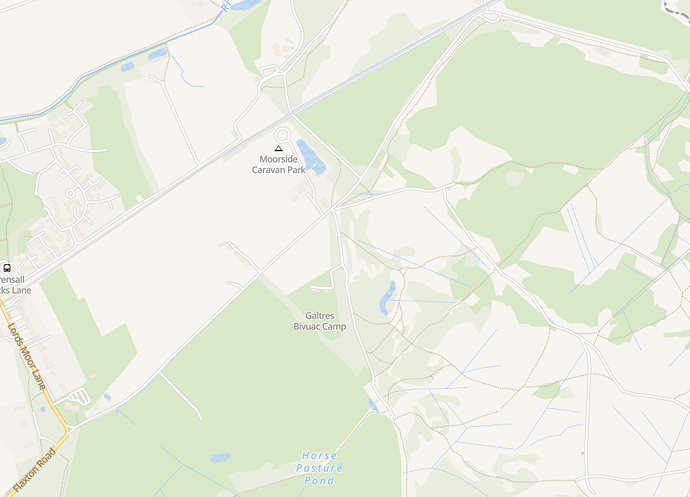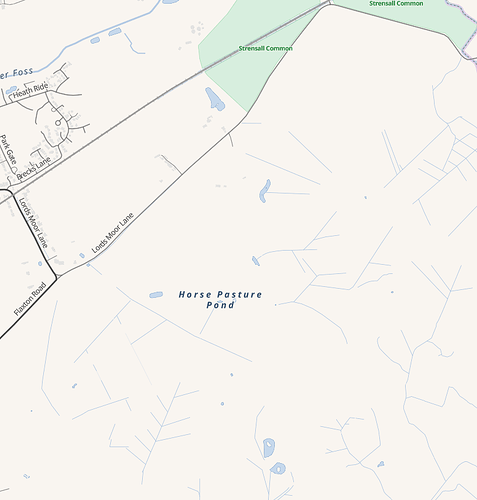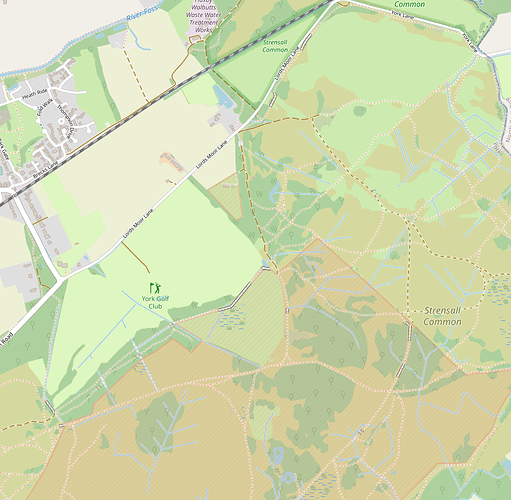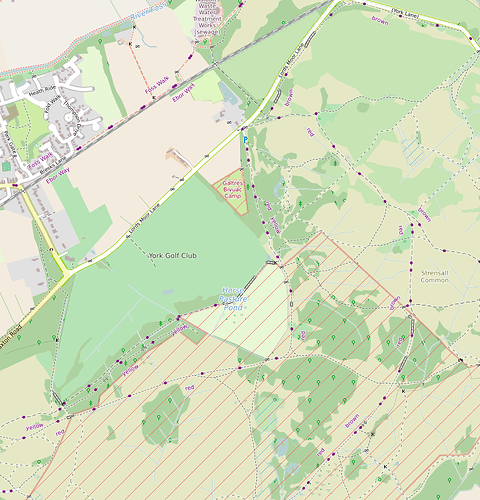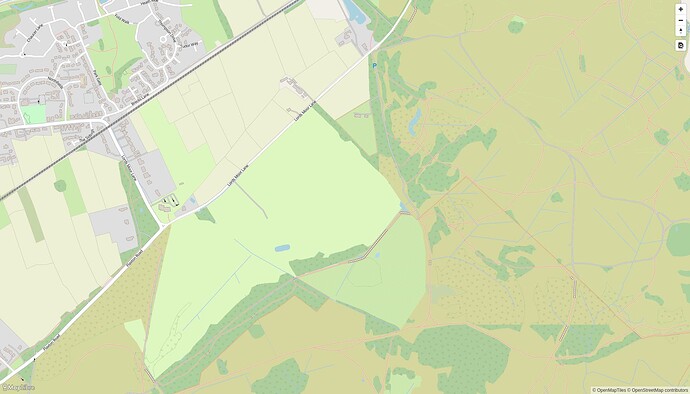While I share the sense of frustration in this thread with the contributor experience when interacting with osm-carto, I also agree that the OSMF and its working groups have neither the mandate nor the ability to change the way osm-carto is run.
I also agree that a missing feature on the map is a rather low priority for the foundation, when compared to things like making sure we have enough money to keep the servers and core services running and paying our small staff (basically just @Firefishy) that makes it happen.
Allan is not being dismissive when he writes:
He is expressing the reality that this project which looks reasonably well composed from the outside is really just a collection of individual services, built by a bunch of different folks, that have been duct taped together and more or less basically work.
So ask yourself – if you had the power of the OSMF board, and you cared about this specific issue (the standard tile layer being responsive to community expectations) – what would you do about it?
Would you raise funds to hire a paid developer to create and maintain a replacement to the standard tile layer?
Would you write a sternly-worded letter of protest to the current osm-carto maintainers?
Would you pick another existing tile layer to be the standard tile layer? Perhaps the cycle map? The humanitarian map?
I am hearing a lot of complaints here but not anything that the OSMF/OWG is actually able to do. @imagico correctly identifies the project’s utter lack of alternative options:
So I think unless you’re willing to be part of that change to create an alternative, and I’ve outlined one way to do it above, all you are doing is complaining to people that aren’t able to fix the problem. Maintaining a style is a ton of work, and if you aren’t willing to do it, you don’t really have a leg to stand on when complaining that the people that have chosen to do the work of maintaining a style aren’t doing a good job.
It amazes me that there are apparently so many people that don’t like how osm-carto is run but nobody willing to say “hey, let’s get a group of folks together and see if we can fork an alternative.” It is further mind-boggling to me that there is so little initiative to create a fork of a project that’s essentially 99% done but just missing just some allegedly small set of minor additions. We are not talking about building Rome in a day, we’re talking about basically adding a few bells and whistles to an existing product.
This would be very different conversation if we could say “The OSMF/OWG should switch the standard tile layer to $PROJECT instead.” That’s actionable. But only if $PROJECT exists.
